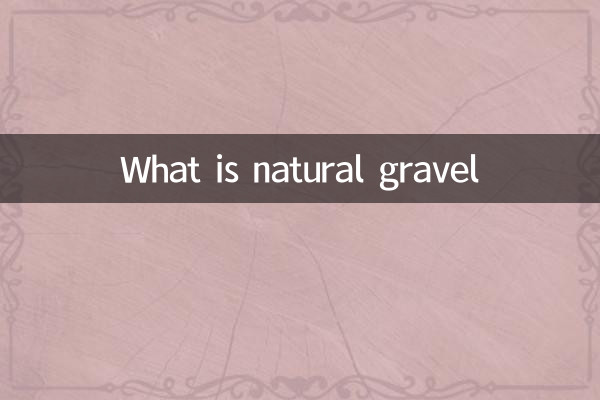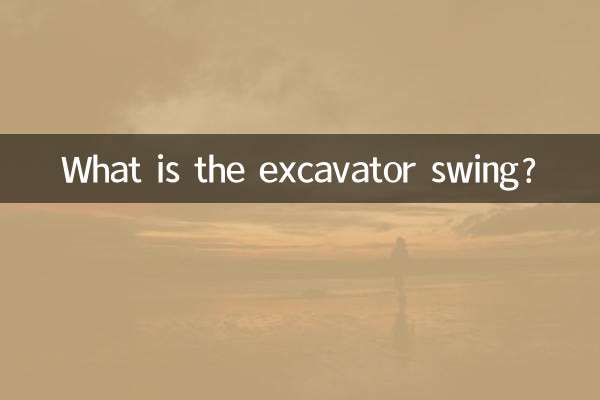What is natural gravel
Natural gravel is a loose granular material formed by natural weathering, water erosion or glaciation. It is widely distributed in rivers, lakes, coasts, deserts and other places. Its main components include quartz, feldspar, mica and other minerals, and the particle size is usually between 0.075mm and 4.75mm. Natural gravel is widely used in construction, road engineering, gardening and other fields because of its good water permeability, stability and easy availability.
1. Classification and characteristics of natural gravel

Based on source and particle size, natural gravel can be divided into the following categories:
| type | Particle size range (mm) | primary source | Common uses |
|---|---|---|---|
| coarse sand | 2.0-4.75 | river, coast | Concrete aggregate, roadbed filling |
| medium sand | 0.425-2.0 | lake, desert | Mortar, filter layer |
| fine sand | 0.075-0.425 | glacial deposits | gardening, casting |
2. Analysis of the correlation between hot topics and natural gravel on the Internet in the past 10 days
Here are some recent hot topics related to natural gravel:
| hot topics | Related content | Heat index (%) |
|---|---|---|
| Global shortage of sand and gravel resources | Natural gravel mining restrictions and research on alternative materials | 85 |
| Environmentally friendly building materials | Application of natural gravel in green buildings | 72 |
| River bed ecological restoration | Effects of natural gravel on river channel stability | 68 |
3. Industrial application data of natural gravel
Proportion of main application fields of global natural gravel in 2023:
| Application areas | Global usage (billion tons/year) | market share |
|---|---|---|
| construction project | 25.6 | 54% |
| road construction | 12.3 | 26% |
| gardening landscape | 4.7 | 10% |
| other | 4.4 | 10% |
4. Environmental disputes and solutions for natural gravel
Environmental controversies in recent years have mainly focused on:
1.overexploitation problem: River sand mining in some areas has led to the decline of river beds and deterioration of water quality.
2.ecological damage: Coastal sand mining affects marine habitats.
Solutions include:
- Promote machine-made sand (artificial sand) as an alternative to natural gravel
- Establish a sand and gravel resource mining quota system
- Develop construction waste recycled aggregate technology
5. Future development trends
According to industry forecasts, the natural gravel market in 2025 will exhibit the following characteristics:
1.price fluctuations: Due to resource constraints, prices may rise by 20%-30% in some areas.
2.Technology upgrade: The intelligent transformation of sand washing and screening equipment is accelerated.
3.Regional differences: Demand in developing countries is growing, and developed countries are paying more attention to recycling.
As an important basic building material, natural gravel's rational utilization and sustainable development have become the focus of global attention. Through technological innovation and resource management, it is expected to achieve a balance between economic benefits and ecological protection.

check the details

check the details